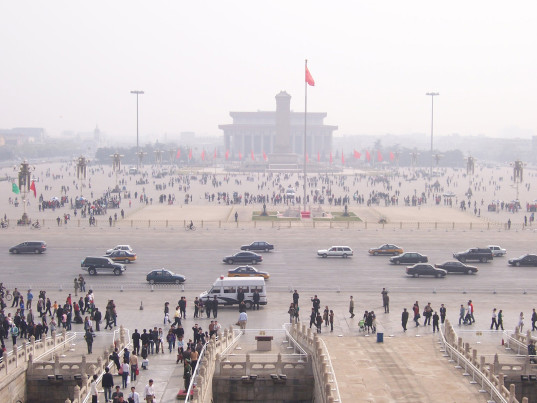Climate change and human health are inextricably linked. Stepping back from the fight against climate change will also be a massive loss for public health.
The Clean Power Plan has been a big win for health. According to the EPA, cutting exposure to particle pollution under the CPP would have averted up to 3,600 premature deaths, 90,000 asthma attacks in children, and 1,700 heart attacks each year.
According to the Global Burden of Disease project, more than 5 million people die worldwide each year because of air pollution — and emissions from coal-fired plants are a major risk factor here. It's one reason why health experts have been pushing policymakers to rapidly phase out of coal.
For miners, the immediate health risks include black lung disease and scarring of the lung tissue. But the pollutants emitted when coal is processed — including sulfur dioxide, particulate matter, nitrogen oxides, and mercury — have much more far-reaching effects on many more people.
In one large study involving 450,000 Americans followed between 1982 and 2004, researchers found that increased exposure to the particles in fossil fuel emissions increased the risk of death from heart disease — and particles from coal burning were five times more damaging than other similar particles.
Reducing emissions from coal-fired power plants also makes it easier to breathe. Over the past 30 years, the percentage of Americans with asthma has more than doubled, and climate change has been a significant driver of that trend. Air pollution triggers asthma attacks, contributing to lung abnormalities, particularly in the developing pulmonary systems of children.
Our health needs to be a big part of the discussion. It is not just the fate of our planet that is at risk if we scale back our commitment to fighting climate change.
[Vox]







